I Made a Chess Set…and a Chess Game
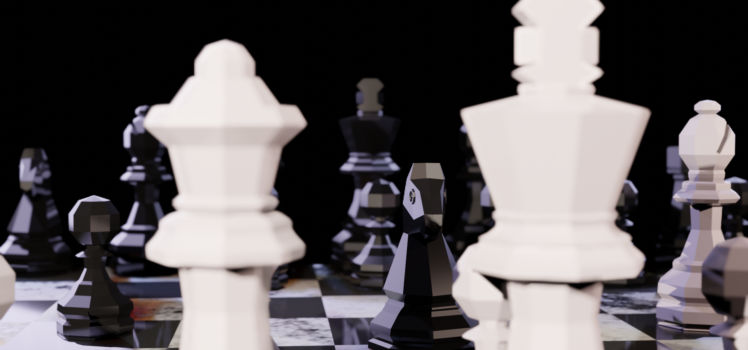
As my 3D modeling journey continues, I find myself getting closer and closer to a comfort level with adding my models into a game. The world of 3D modeling has been a complete mystery to me for a long time, so about a month ago I started a Blender course on Udemy. That course has, so far, focused entirely on rendering 3D models and has lacked any sort of mention about using 3D models in game engines. Though the course does promise to teach this process, I got antsy.
I recently completed a portion of the course in which I created a Chess set in Blender. The results are quite nice, I must say. Take a look for yourself.
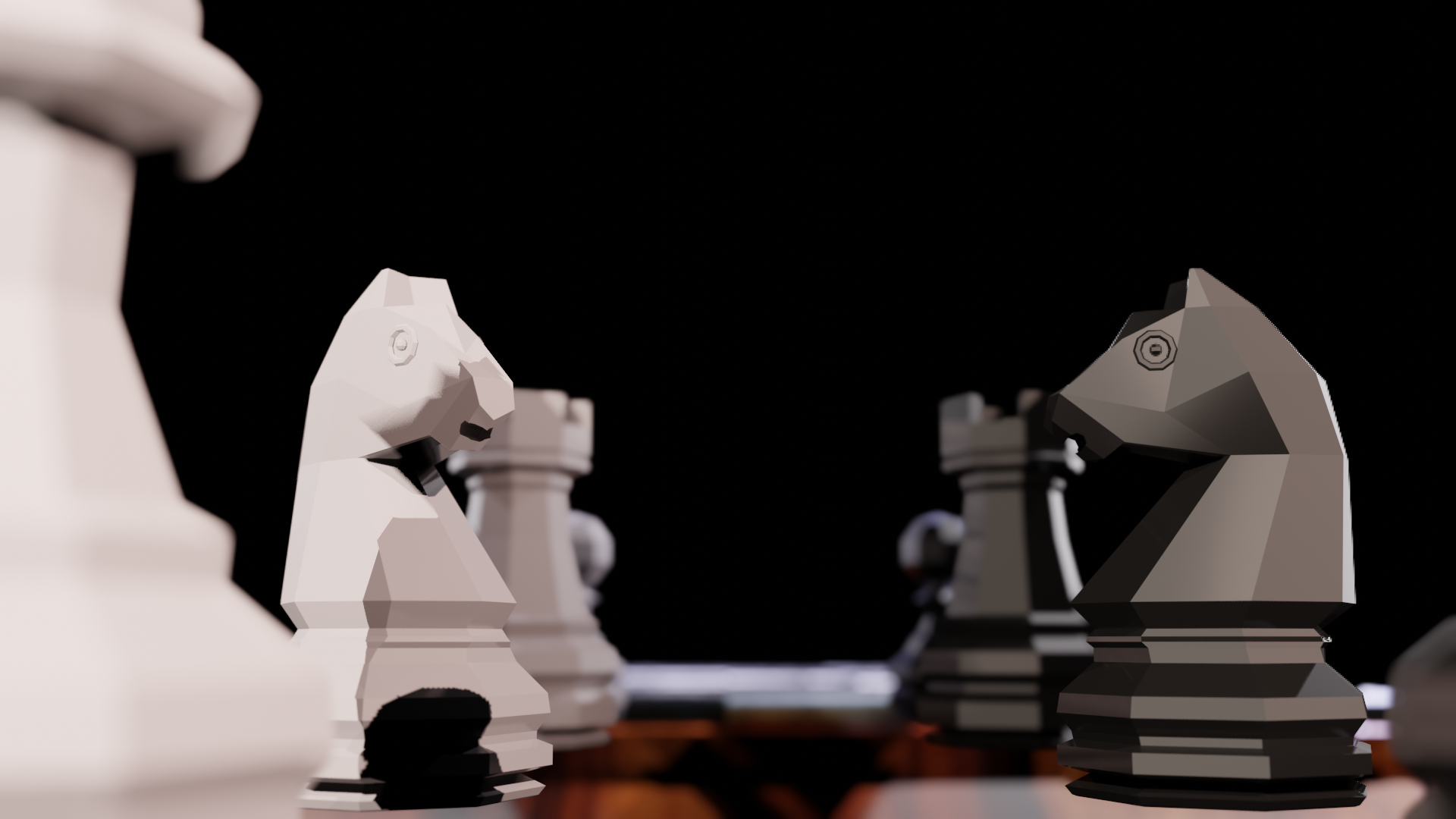
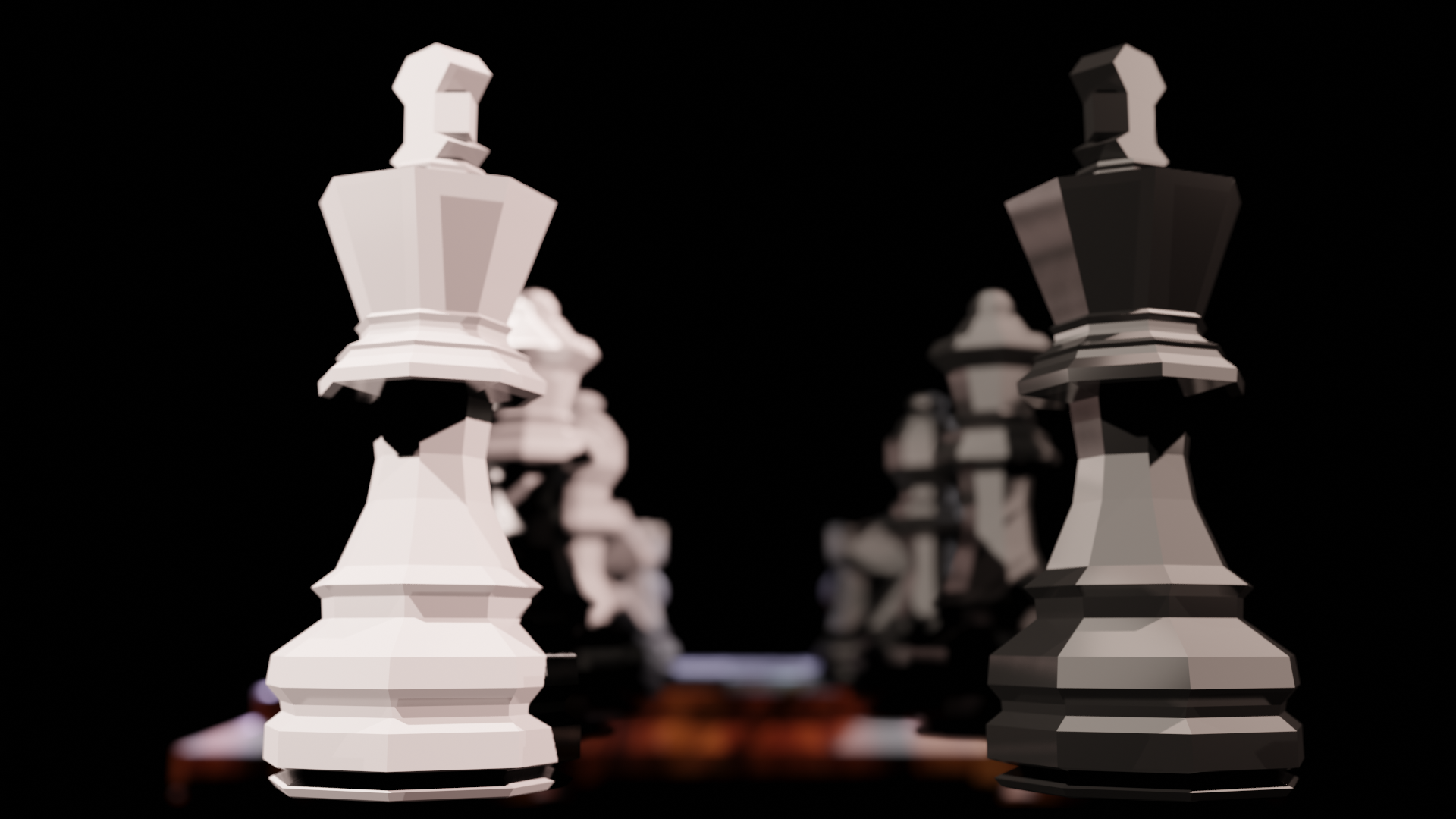
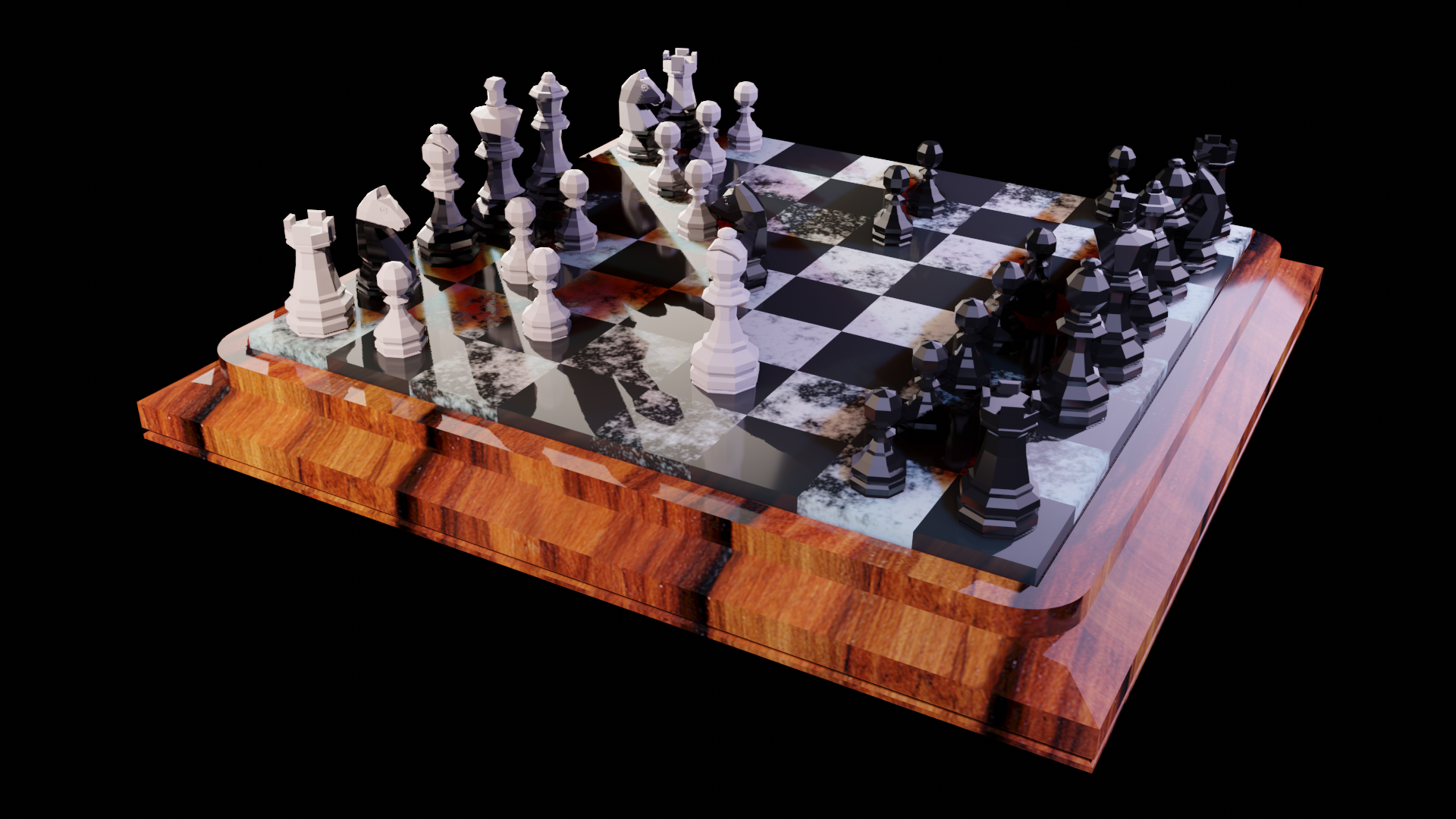
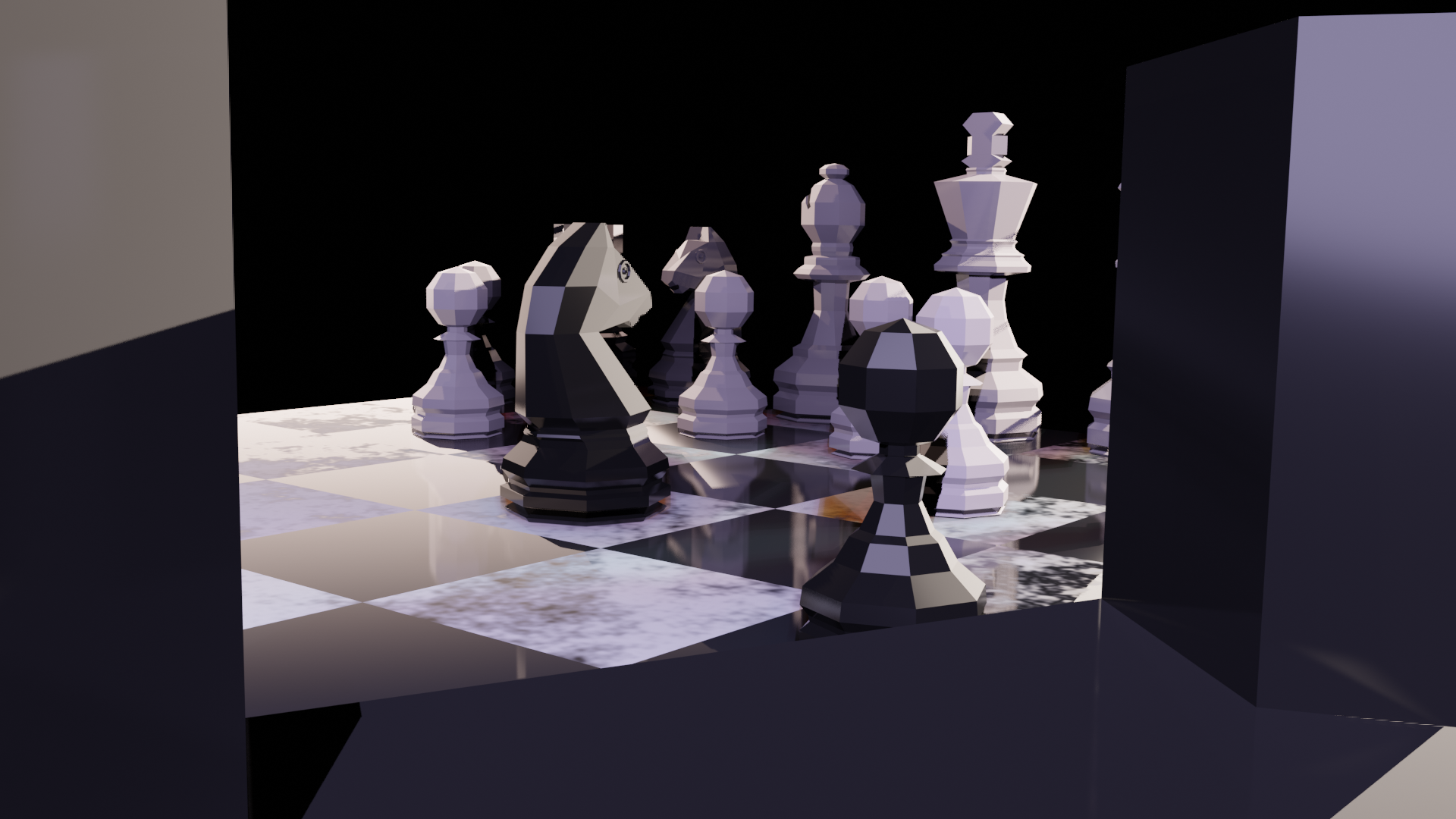
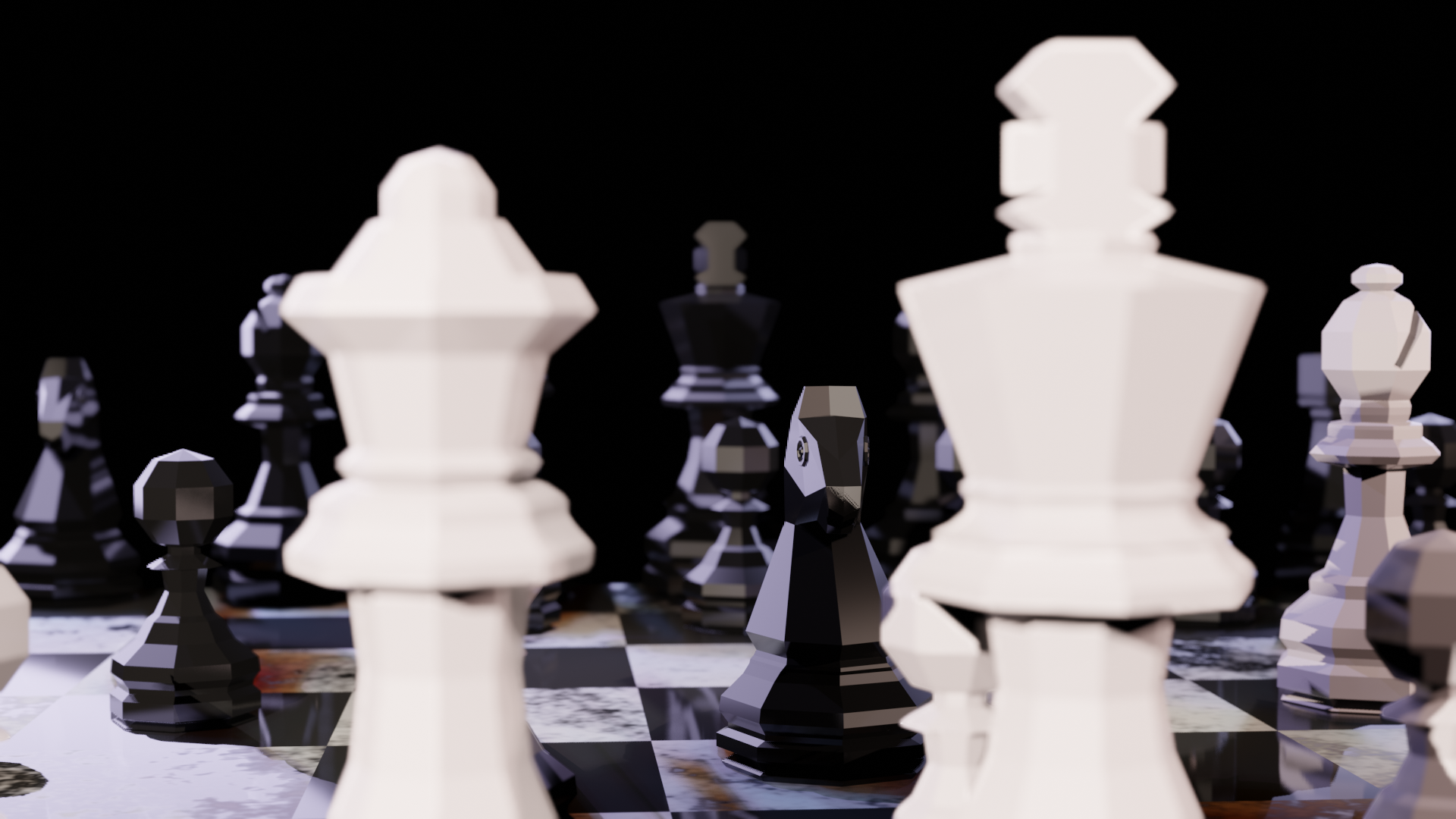
For these renders I decided to focus on the Eevee engine, instead of the Cycles engine. The Eevee engine is much less computationally expense, which will become very important as I start working with my models in Unity. Though Unity has it’s own lighting system, learning about non-ray-tracing engines like Eevee should help me better understanding the lighting methods I’ll use in Unity.
Once I had the models created, I felt compelled to put them in a game (see above: “I got antsy”). This lead me to search out some existing Chess game logic that I could use with my own models. This process required that I dig into someone else’s code in a way I’ve never done before. I’m teased apart bits and pieces of other people’s code, but never have I taken an entire project’s worth of code as both a starting and ending point. This lack of control, or maybe lack of insight, is very uncomfortable for me. I don’t like seeing something work while not fully understanding why it works.
This process taught me an important lesson: things move much faster when other people are helping.
After all, if I didn’t let the author of the existing Chess game logic help me with this project, it would never have become a project at all.
Head over to my Itch.io page to play my Chess game.

